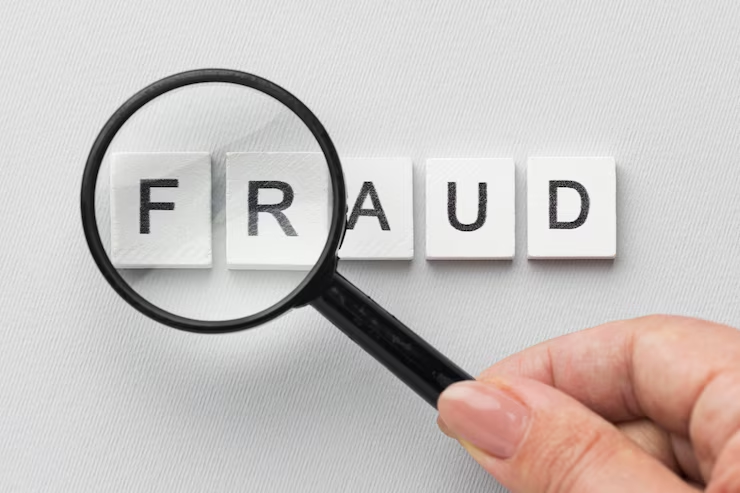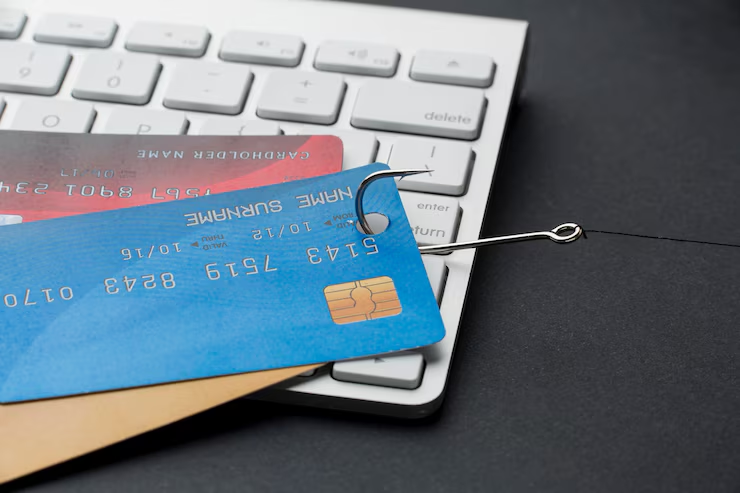Signs of Financial Fraud to Watch For are crucial indicators that help protect your hard-earned money and personal information. At Spread Safe, we understand how overwhelming and damaging scams can be, which is why we’ve crafted this guide to highlight the most common warning signs. By staying informed and vigilant, you can reduce the risk of falling victim to fraudulent schemes.
In the following sections, Spread Safe will break down real-world examples and explanations of suspicious activity. With clear headings and practical advice, this article empowers you to spot fraud before it affects your finances. Let’s explore the key patterns and payouts to prepare for and prevent fraud attempts.
Unexpected Account Alerts
One of the most common Signs of Financial Fraud to Watch For involves unusual messages about account activity. You might receive an email or text claiming odd charges, password resets, or blocked logins. These alerts often urge quick action or click-through links:
- Addresses may look legitimate, but the URLs redirect to fake login forms.
- Avoid panic-induced reactions. Instead of clicking, visit the official site directly.
- These notifications are often phishing attempts designed to steal passwords or payment information.
Be particularly wary of unexpected account notifications, and verify any unexpected alerts through official channels.
Requests for Sensitive Information
Scammers frequently ask for private data under the guise of legitimate services. Look out for phone calls, emails, or pop-ups requesting:
- Social Security or national ID numbers
- Full credit card details or CVV codes
- Bank usernames and account passwords
Legitimate institutions rarely ask for full credentials via email or phone. Always call back using verified contact information before providing information.
Pressure for Immediate Action
Signs of Financial Fraud to Watch For often include urgency— scammers may press you to act fast to avoid consequences. They try to manipulate you with statements like:
- “Your account will be frozen in 5 minutes.”
- “You must pay a late fee now or face penalties.”
- “Limited-time offer” schemes that induce fear.
Stop and evaluate such messages. Real businesses provide reasonable deadlines and multiple communication options. Never give in to immediate demands or threats.
Suspicious Links and Attachments
Emails or social media messages that encourage you to click links or open attachments can contain malware or lead to phishing websites. Red flags include:
- Misspelled URLs or domains (e.g., “yourbank-secure.com” instead of yourbank.com)
- Unusual file types (.exe, .scr, .zip)
- Email from unknown senders claiming to be support teams
Before opening anything, hover over links to preview URLs. If they look suspicious, delete the message and report it.
Inaccurate or Odd Contact Details
Many scammers mimic well-known companies but provide unusual contact information. Signs include:
- Phone numbers with extra digits or odd extensions
- Email addresses with incorrect domain names (e.g., support@yourbannk.com)
- Websites that look official but have missing security indicators (no padlock icon)
Check email headers and domain information carefully. Always verify contact details using official website listings.
Large Unexpected Deposit Requests
Some fraudsters attempt advance fee scams: they may promise a loan, grant, or inheritance deposit, but ask for upfront fees:
- “Send $200 to unlock your $10,000 grant.”
- “Deposit this check and send us half, we’ll refund the rest.”
In these cases, funds are often fraudulent and reversed after you pay. Never pay for money or assets that seem too good to be true.
Unusual Payment Methods
Signs of Financial Fraud to Watch For often include demands for payments via gift cards, prepaid debit cards, or cryptocurrency. Scammers prefer these methods because they’re irreversible and untraceable:
- Requests like “Buy Google Play cards” and share the codes immediately
- Pressure to transfer money via wire services or crypto wallets
- Payment only accepted this way, no alternatives offered
Legitimate transactions permit standard methods—credit cards, PayPal, checks, or wire transfers with verifiable records.
Impersonation of Trusted Entities
Fraudsters may pose as banks, government agencies, or tax authorities. They may:
- Use fake caller IDs that display official names
- Design emails that mimic branding and logos
- Refer to partial personal information to sound legitimate
Always verify calls by hanging up and calling the official number. Never provide sensitive data or authorize money transfers based on caller claims.
Malware via Fake Software Updates
Pop-ups that claim your browser or antivirus needs an urgent update can install malware:
- Fake antivirus alert: “Your device is infected. Click to scan now.”
- Software updates from unknown sources
- Pop-ups mimicking official Windows or Mac notifications
Always update software from official developer sources or your device’s settings menu—not through pop-up prompts.
Overpayment and Check Scams
Some fraudsters send a check for more than you charged and ask for a refund of the extra amount. The check might clear initially but later bounces:
- You deposit the check and refund the difference—losing real money.
- Fraudsters rely on check clearing delays to scam you out of the real funds.
- Avoid refunding any money until the original payment has fully cleared, including bank verification.
FAQs
Q1. What are common Signs of Financial Fraud to Watch For in everyday communication?
A: Common signs include urgent unsolicited messages requesting personal info, unusual links or attachments, and pressure for immediate payment.
Q2. Can scammers pretend to be my bank?
A: Yes. They use fake caller IDs, branded email templates, and partial personal data to appear legitimate. Always call back the official number.
Q3. Are payment requests via gift cards or crypto always scams?
A: Almost always. These are favored by scammers because they’re hard to reverse—avoid these methods unless you can verify the recipient’s legitimacy.
Q4. How do I verify if a deposit is safe before sending a refund?
A: Wait until your bank confirms the deposit is fully cleared. Even if it appears in your account early, it may be reversed later.
Q5. What if I already gave info to a scammer?
A: Immediately contact your bank or credit card provider, freeze accounts if needed, place fraud alerts, and monitor for unauthorized transactions.
Conclusion
Awareness of Signs of Financial Fraud to Watch For is the first line of defense in protecting your finances. With vigilance, a questioning mindset, and proper verification habits, you can identify and avoid fraudulent tactics. At Spread Safe, we encourage you to stay alert to suspicious messages, impersonation attempts, urgent demands, and unusual payment requests. Your instinct and attention to detail are valuable tools in the ongoing effort to prevent financial scams. Empower yourself spot, verify, and stay secure.




